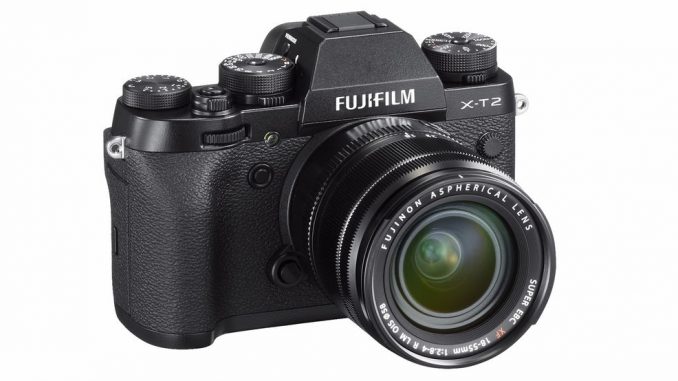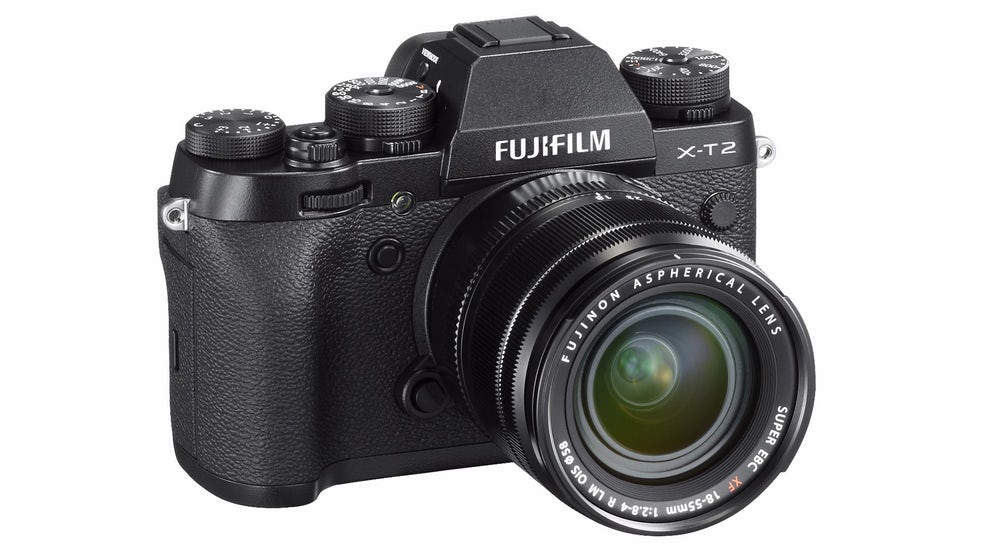
Fujifilm has declared the heir to X-E2S retro-styled mirrorless camera of last year, which was itself a small update to the X-E2. The mirrorless X-E3 rangefinder-style camera is the lightest and smallest in the X series, and as well as transmitting capabilities of 4K video to the party, it also supplies for distant operation utilizing a smartphone as a substitute to Bluetooth. This is the first in the X series. It is also quick to focus, fast to start, and can trail moving elements better as compared to cameras that have arrived before.
At the core of the X-E3 is a X-Processor Pro engine and X-Trans 24.3 MP CMOS III (23.5 mm x 15.6 mm) image sensor combination. Fujifilm claims that the camera shows a startup time of 0.4 Second, 5 frames each second live-view nonstop recording, and an ISO base range of 200–12,800, which can be extended up to 51,200 and down to 100.

The big draw for lovers of retro camera though is almost certainly its 4K/30 fps video shooting prowess, even though 1080p is also on scheme at almost 60 fps. There is a microphone input jack and video can be drawn to an external monitor using HDMI, too.
The new addition to the X series benefits from a zippy speed for autofocus of 0.06 seconds and an AF 325-point system. It is also said to provide enhanced AF-C tracking of subject thanks to the latest algorithm, capable of keeping up with subjects 50% the size and moving 2x as fast as last models.
In common with the older X-E2S, there is built in Wi-Fi, but latest addition to the X series has its Bluetooth LE mode always on for remote operation and image transfer ease. The X-E3 has a comprehensive 2.36 Million dot, 0.39-inch OLED viewfinder, and a 1.04 Million dot, 3-inch touchscreen display board to the rear, even though Fujifilm has not taken this upgrade chance to add a vary-angle mechanism for tilting.
The rear of the camera falls short of the clickwheel controls and button found on the current model, so most navigation of the menu takes place on the touch screen, but users can make custom functions of the camera for activation via swipe on the panel and there is a focus lever that does permit for joystick-like control for autofoc
